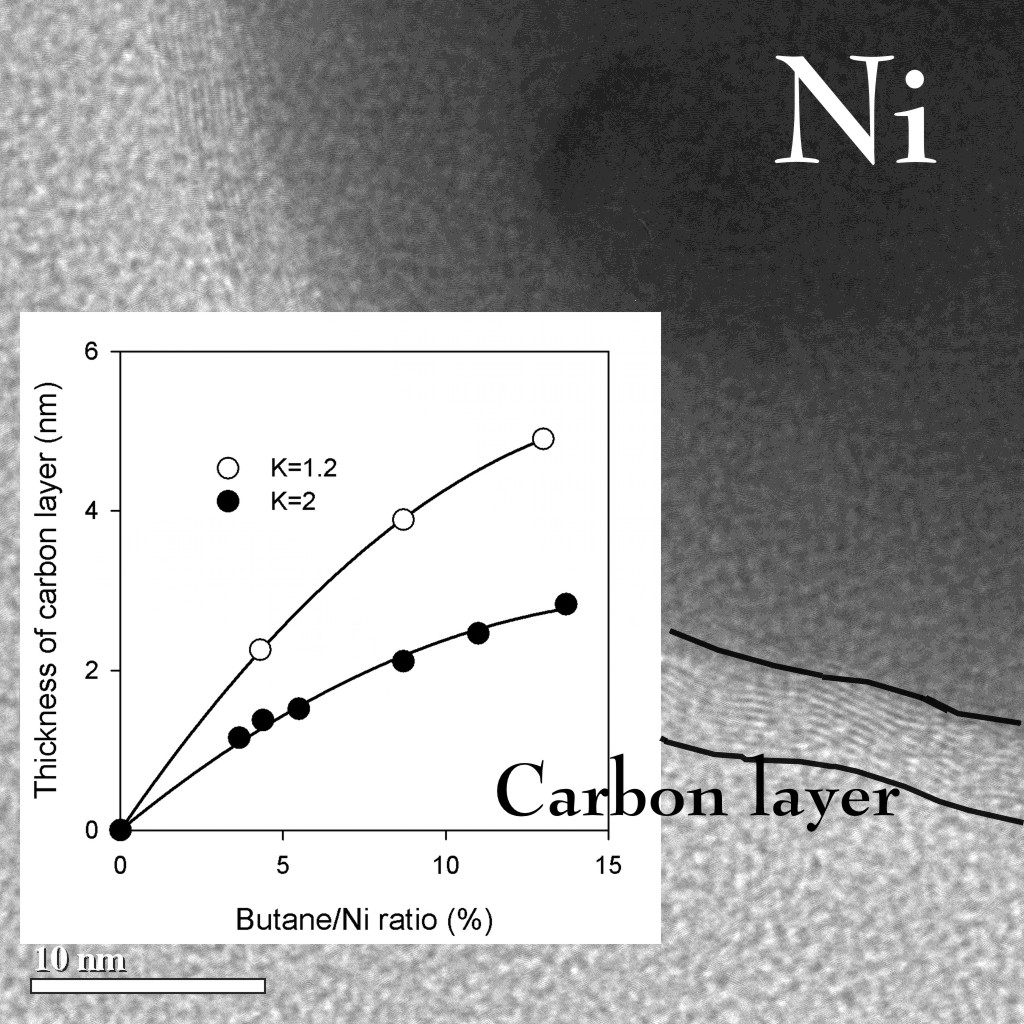NANOSYSTEMS: PHYSICS, CHEMISTRY, MATHEMATICS, 2018, 9 (4), P. 513–520
In-situ formation of carbon shells on the surface of Ni nanoparticles synthesized by the electric explosion of wire
I.V. Beketov – Institute of Electrophysics UB of RAS, 620016, Yekaterinburg, Amundsen st., 106; Ural Federal University, 620002, Yekaterinburg, Mira st., 19, Russia; beketov@iep.uran.ru
A. P. Safronov – Institute of Electrophysics UB of RAS, 620016, Yekaterinburg, Amundsen st., 106; Ural Federal University, 620002, Yekaterinburg, Mira st., 19, Russia
A. I. Medvedev – Institute of Electrophysics UB of RAS, 620016, Yekaterinburg, Amundsen st., 106; Ural Federal University, 620002, Yekaterinburg, Mira st., 19, Russia
A. M. Murzakaev – Institute of Electrophysics UB of RAS, 620016, Yekaterinburg, Amundsen st., 106; Ural Federal University, 620002, Yekaterinburg, Mira st., 19, Russia
O. R. Timoshenkova – Institute of Electrophysics UB of RAS, 620016, Yekaterinburg, Amundsen st., 106, Russia
T. M. Demina – Institute of Electrophysics UB of RAS, 620016, Yekaterinburg, Amundsen st., 106, Russia
The controlled addition of butane to the inert working gas during the production of nickel nanoparticles by the electrical explosion of wire (EEW) method leads to the formation of carbon shells on the surface of particles. EEW provides formation of spherically shaped nanoparticles, with an average diameter that varies from 60 to 100 nm and depended on the energy introduced into the wire in the EEW process. The thickness and the structure of carbon layer deposited onto the surface of Ni nanoparticles as a function of butane addition was characterized by low-temperature adsorption of nitrogen, x-ray diffraction, complex thermoanalysis, transmission and scanning electron microscopy. It was shown that the thickness of carbon shell on the surface of nanoparticles varied from 2 to 6 nm and depended on the amount of energy introduced into the wire during the EEW process and on the amount of butane added. The crystalline structure of the carbon shell consisted of amorphous and graphite regions.
Keywords: nickel nanoparticles, electrical explosion of wire, core shell, carbon deposition.
DOI 10.17586/2220-8054-2018-9-4-513-520
